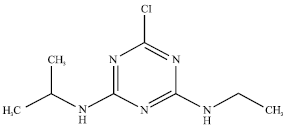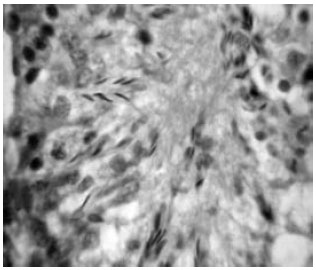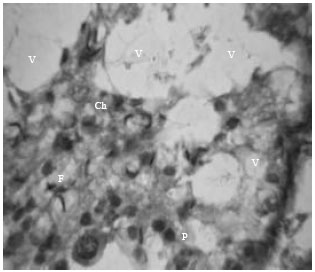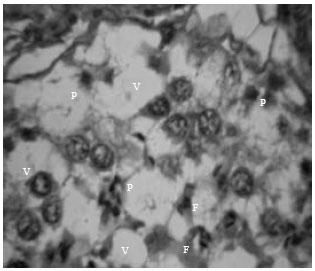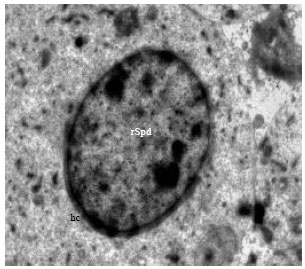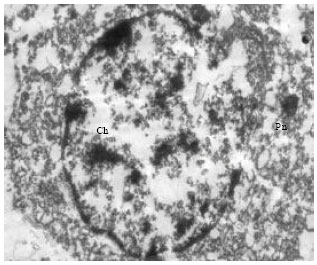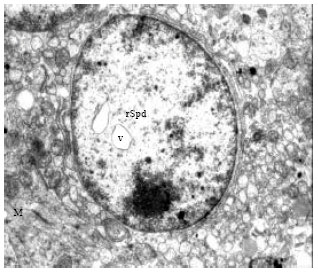Research Article
Histopathological Effects Induced by Single Dose of Atrazine in Spermatids of Goat in vitro
Department of Zoology, Reproductive Physiology Laboratory, Kurukshetra University, Kurukshetra-136119, India
P.K. Chauhan
Department of Zoology, Reproductive Physiology Laboratory, Kurukshetra University, Kurukshetra-136119, India
A. Fulia
Department of Zoology, Reproductive Physiology Laboratory, Kurukshetra University, Kurukshetra-136119, India









